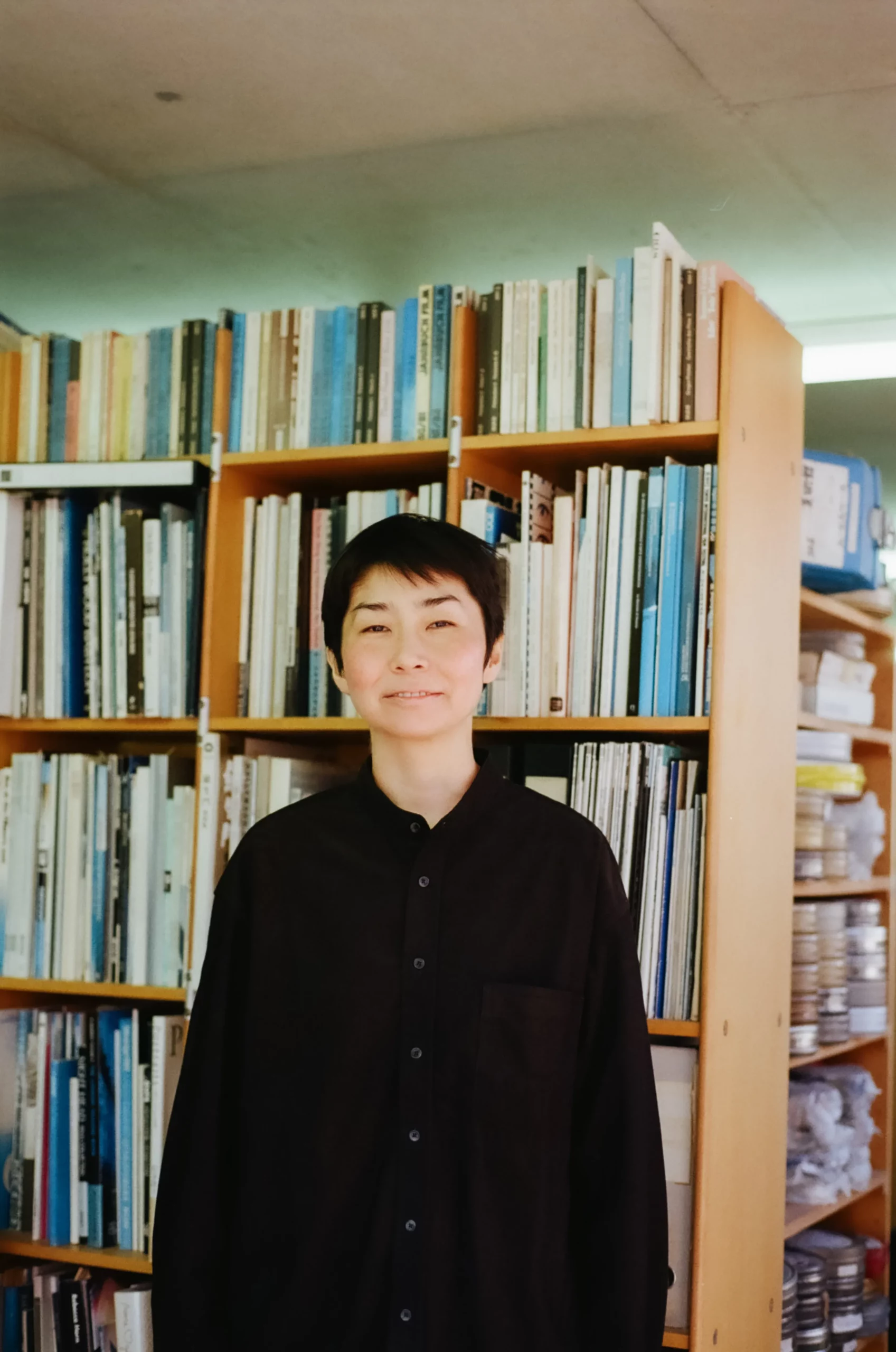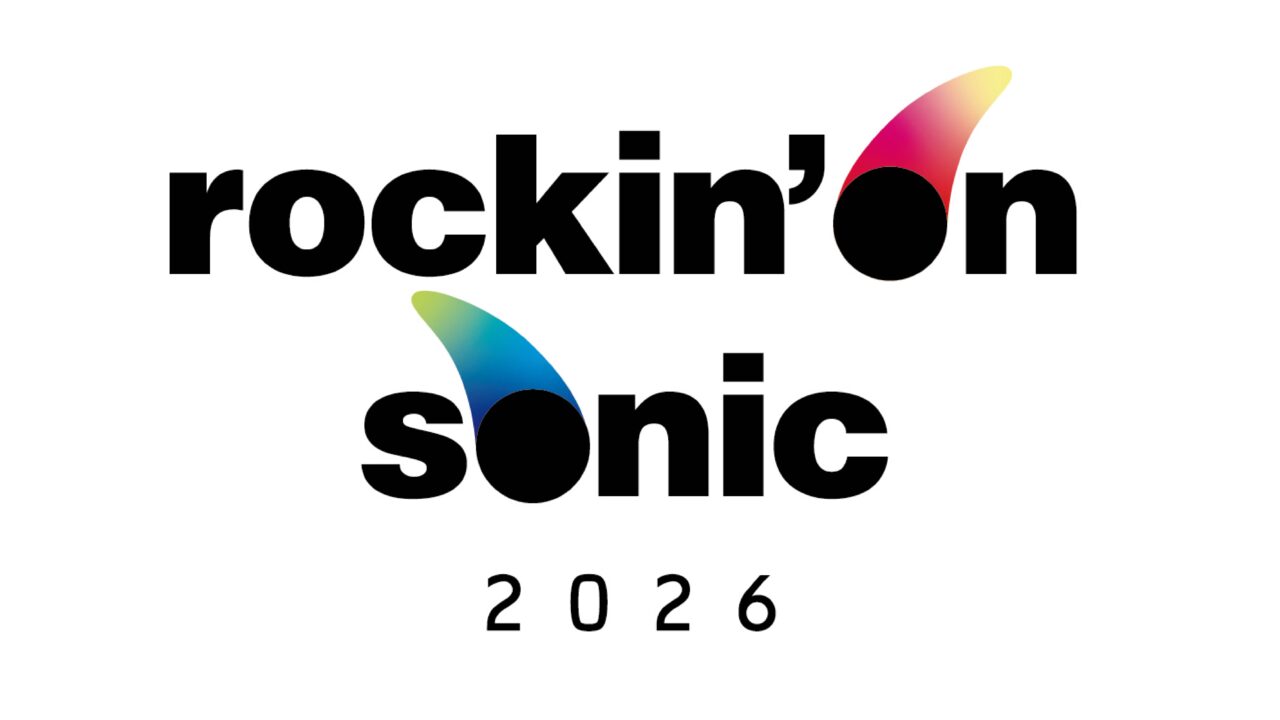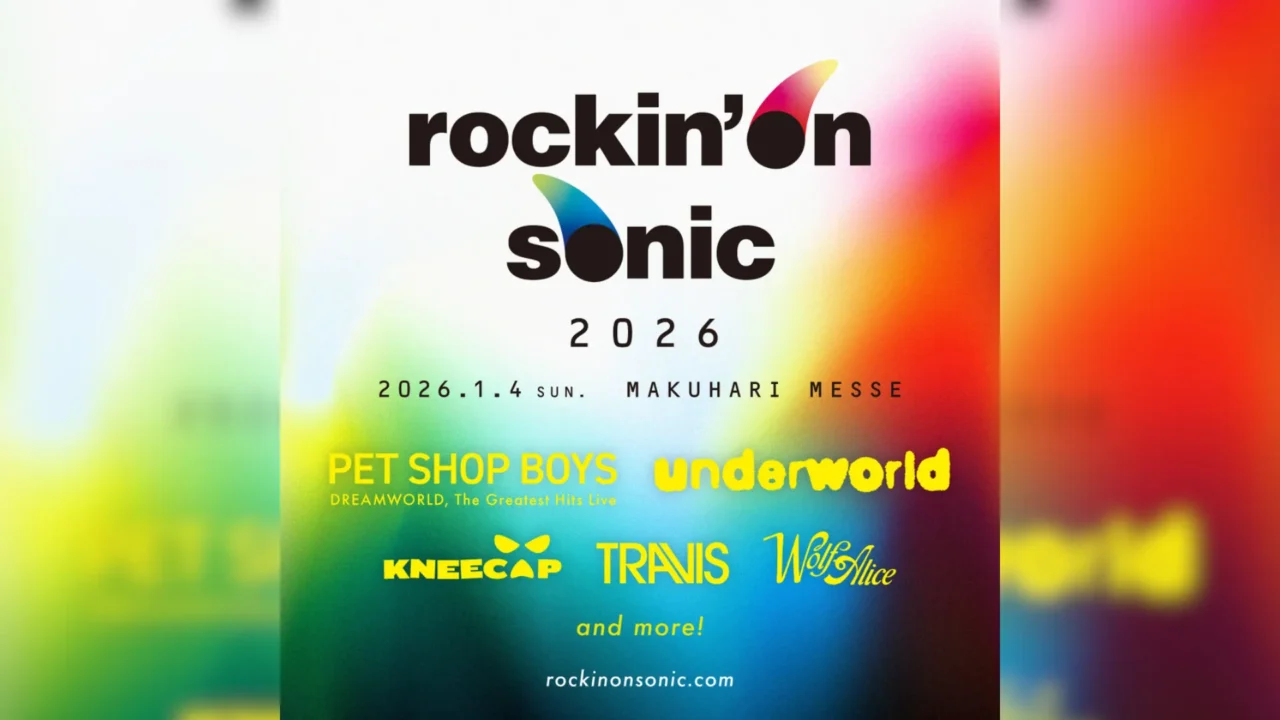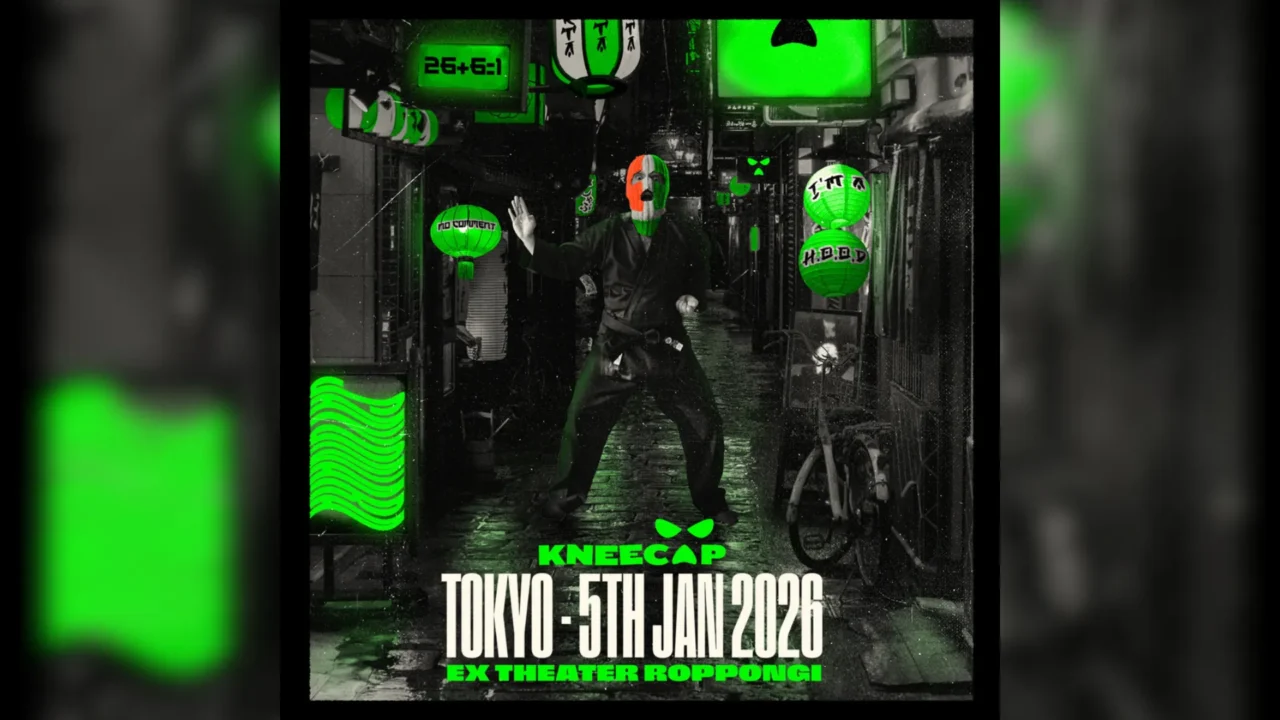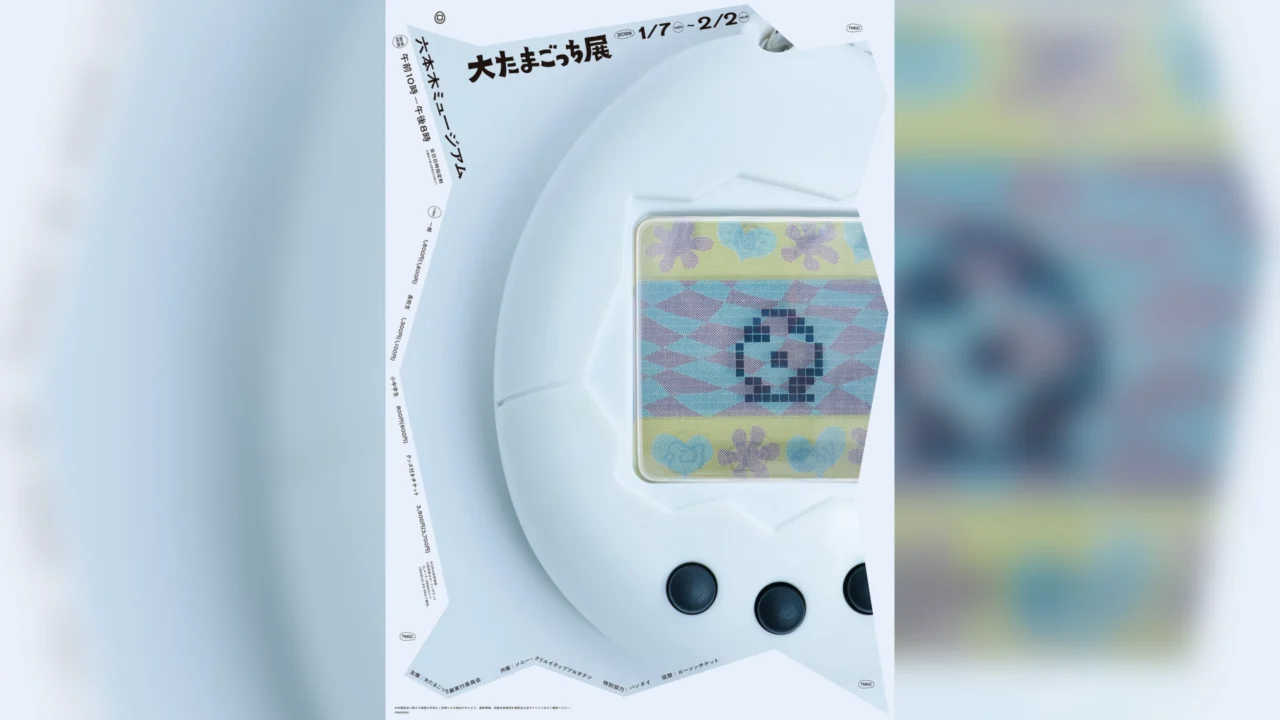INDEX
Collecting Words as a Vessel of Memory to Deliver Messages to a Distant Future
It seems like you really prioritize research and preparation before filming.
Oda: I believe some things can be captured on instinct, but there are also things that, without the right approach, I wouldn’t be able to shoot. However, with enough research and time, I feel I might be able to capture them. The filming I did in Okinawa for GAMA (2023) and Underground (2024) is a perfect example of that.
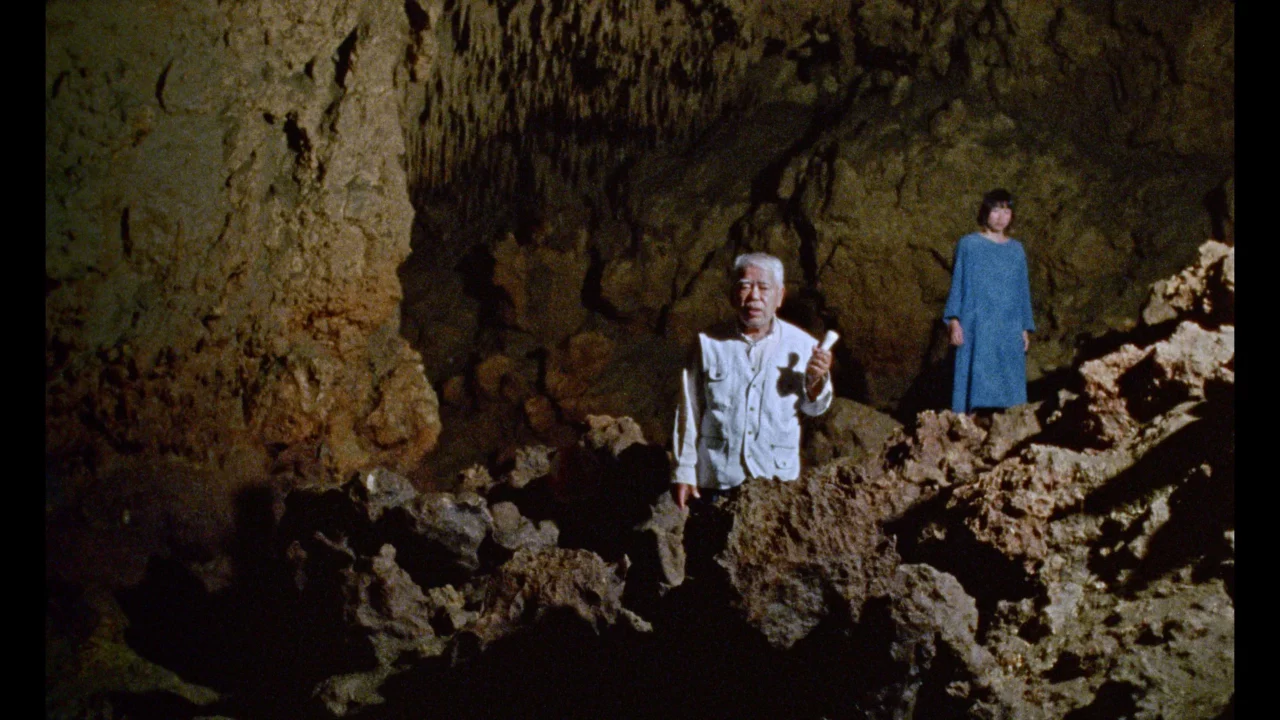
What kind of time did you set aside before starting the filming in Okinawa?
Oda: At first, one of the producers and I were guided by Mitsuo Matsunaga, who continues his peace guide and bone collection activities in Okinawa. We visited quite a few caves (Gama) where many residents lost their lives during the Battle of Okinawa. During that time, I experienced Matsunaga’s storytelling as well. I think it lasted about a week.
Afterward, I went to Okinawa again with Nao Yoshikai, one of the cast members of Underground, and an assistant. We visited several caves and U.S. military bases. Then, I had all the staff involved in the film experience Matsunaga’s storytelling in Okinawa before we started the filming period.

Oda: Up until now, I’ve mostly participated in projects as an outsider, and I think the same can be said for Okinawa. In addition to being an outsider, I also recognize that I am part of the oppressor side when it comes to Okinawa. It might sound extreme to say “oppressor,” but living and working in Osaka, outside of Okinawa, I am undeniably part of the group that imposes things.
As a citizen, I also think we must not forget that structure.
Oda: I’ve always wondered whether I could create something without consuming or exploiting the story of Okinawa. But having Matsunaga-san there made a huge difference. Through him, through “Okinawa seen through Matsunaga-san,” I thought there might be something I could do. That’s how GAMA came to be.
First, Matsunaga-san conveys the memory of Okinawa through his narration, and then you, Oda-san, record and share that story through your film with the audience.
Oda: Matsunaga-san, who did not directly experience the Battle of Okinawa, uses himself as a vessel to pass on the memories and stories of others. I thought I might be able to contribute to that in some way.
I’m 37 now. If I live another 37 years, I’ll have time to make a few more feature films. In thinking about what legacy I want to leave, I know I want to express my own feelings, but more than that, I want to pick up the words of those who have so much to say. That’s what I feel I want to focus on now.
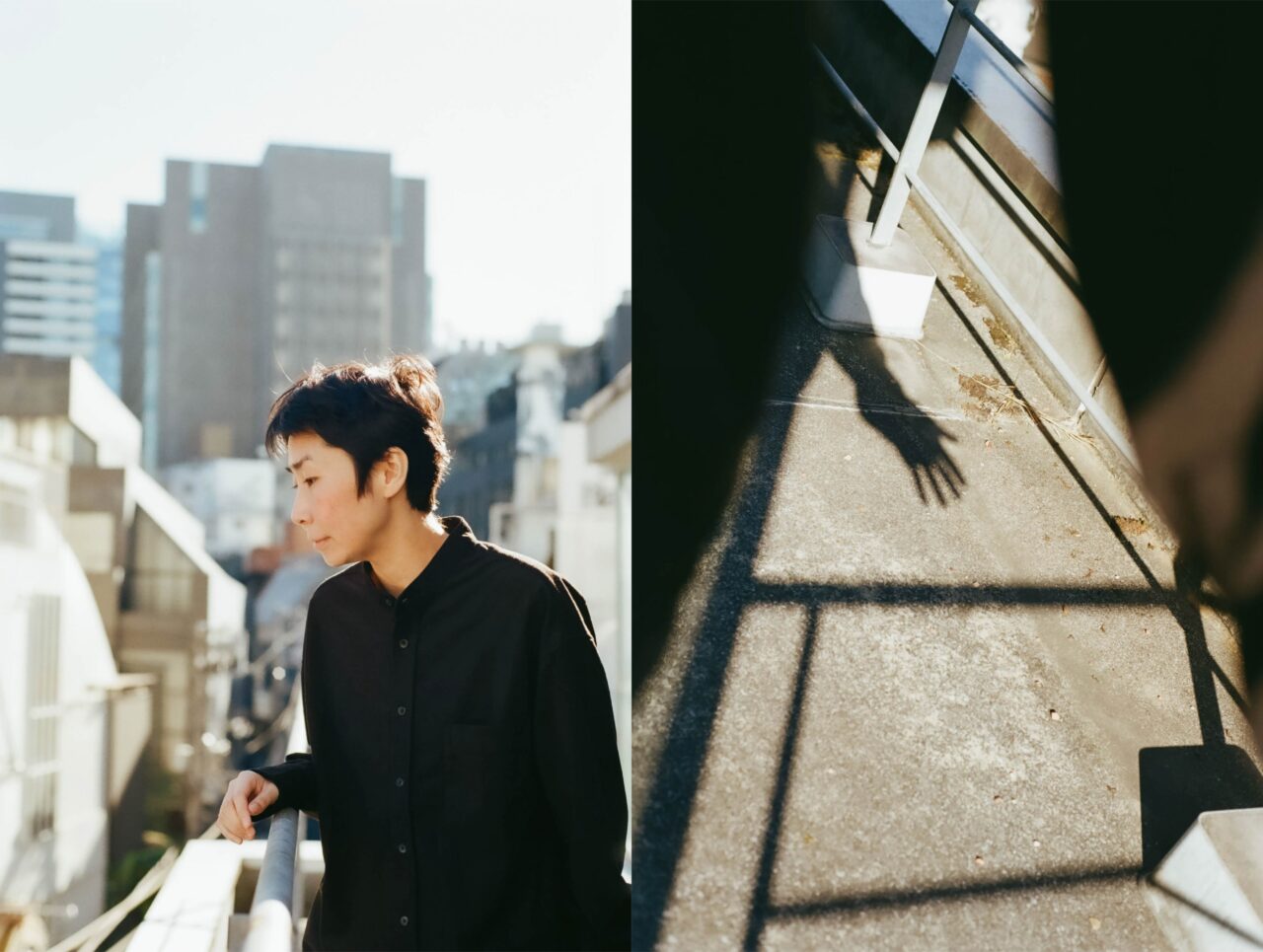
You actively try to capture not only humans but also non-verbal creatures. In your past works, we’ve seen the presence of cats, birds, cows, fish, cockroaches, fleas, and spiders. How do you think about the memory of such beings?
Oda: I don’t think we can truly imagine the memories of animals. But on the other hand, when you trace back through layers of earth, there are facts like “this lived” and “that lived.” In that sense, I think our collective consciousness and memory might reside in something from the eukaryotic era. So, I don’t consider animals and humans to be separate. I imagine we are on the same timeline.
In Cenote, the phrase “this is our story” is repeated, and in your new work Underground, there’s a symbolic moment where the singular “I” changes to the plural “we.” When you use the words “we” or “us,” it seems like you’re aware of that timeline, including the future without humans.
Oda: I intend to include that. Even if we no longer exist in human form, I believe something will still be here. I want to say, “You might have been part of us.” I am conscious of the feeling that the small films we’re making could survive and live on for a long time.




